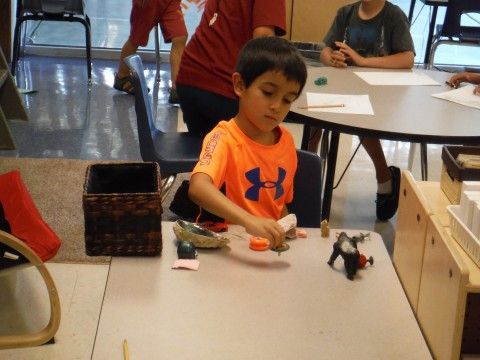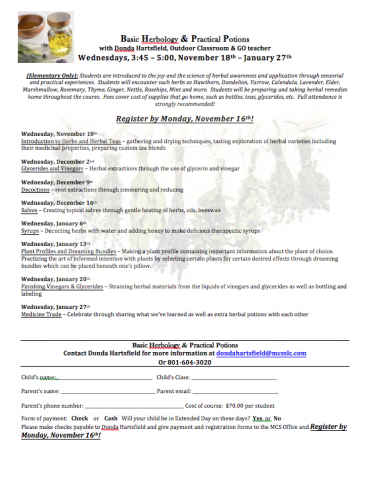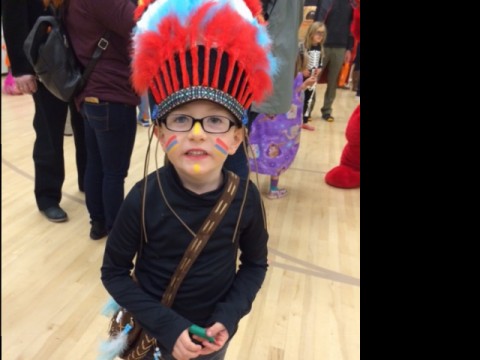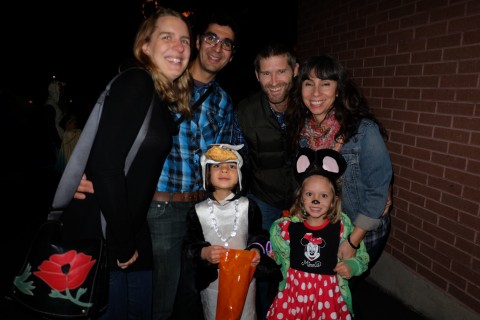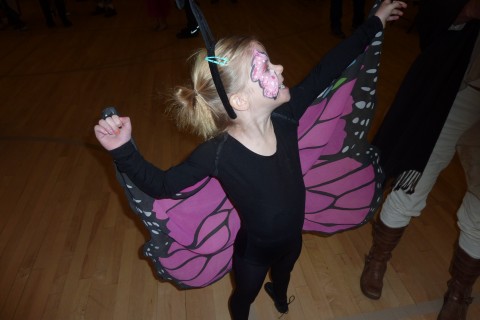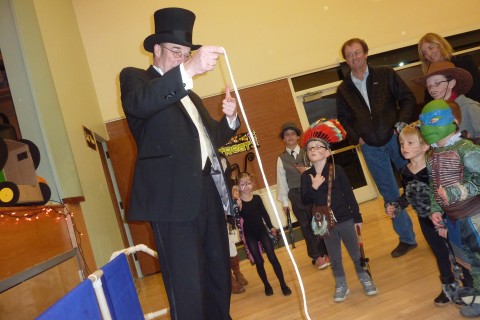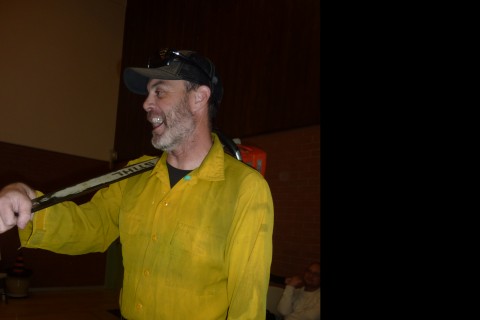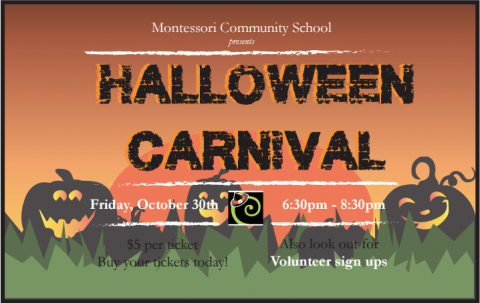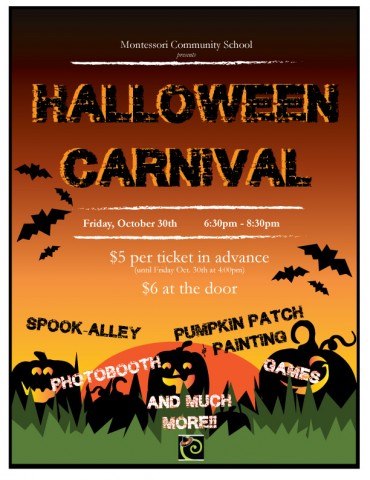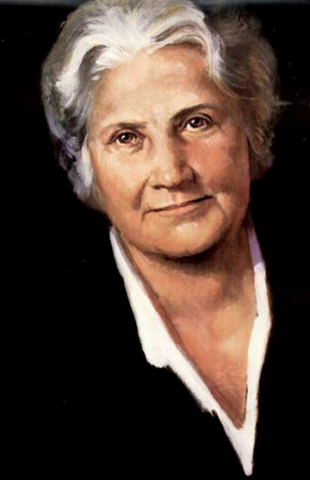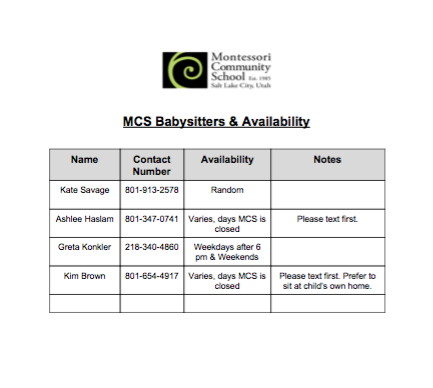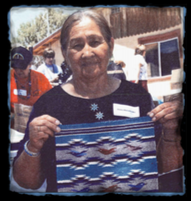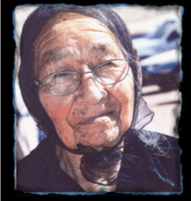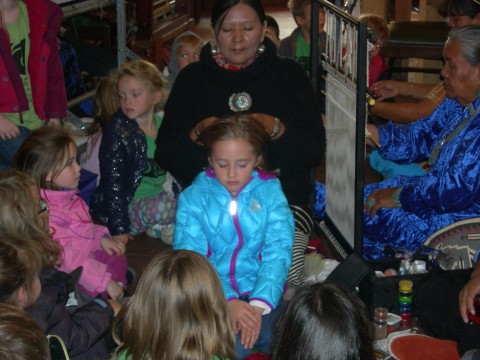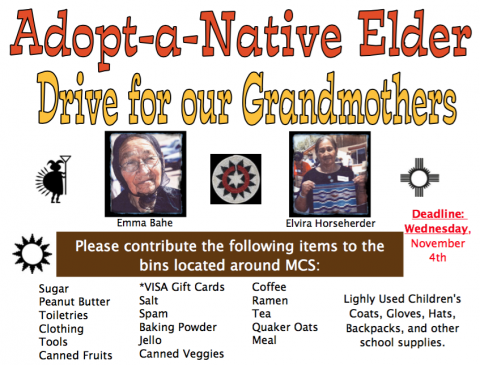Montessori Parents’ Guide to Snowbird Mountain School
February 3rd, 10th, 17th, 24th, & March 2nd, 2016
Print article or read on:
Is my child old enough to learn to ski? Or snowboard?
Snowbird Mountain School provides lesson experiences for children as young as 3. However, just because your child is 3 years old, doesn’t mean that he or she is ready to be in mountain school. Here are some things to consider:
- Is your child comfortable being with adults other than family?
- Does your child go to daycare or play groups?
- Is your child “potty trained” and able to use the bathroom facilities independently?
- Has your child been exposed to snow and winter conditions?
If you answered no to any of these questions, you may want to approach with caution. Your main focus should be on the overall experience your child will have. Let’s face it, if they have a bad experience, you are sure to feel the negative impact on your vacation!
We do not offer snowboarding with the Montessori School until the child is at least age eight. This is due to equipment needs, and developmental processes of MOST children.
Please direct any special needs concerns to Montessori School.
Accommodations can be made with prior notification.
What can I expect my child to learn during the program?
Kindergarten kids often take longer to “get their wings” and be able to ski on their own. Often the preparedness of the child, size, willingness, and ability to balance, and equipment fit are the keys to a quicker beginning. Each child is an individual, so success is about having fun and wanting to come back!
Older children will often learn to turn and stop on the beginner slope by the end of the first day. Snowboarding may take a bit longer. Be supportive at the end of the lesson, and encourage your child to be happy with small successes. Just balancing while gliding on skis or a board is quite an accomplishment! Once the basic sensations have been repeated enough times, there is often an “aha” moment when a child can glide and turn.
Our instructors use an activities based approach, in which children are often familiar with the games they play, and the variable is the skis or snowboard. This will often appear that they are “just playing games” but basic skills are being absorbed by the children as they play, making the next steps come much more quickly… not to mention that the process is indeed fun!
For children who already know the basics, the groups are split by age first and then ability. This is to provide common ground for the children (we don’t want a very young child to be riding with a group of teen-aged kids) so they will make friends and want to come back again and again. The groups often explore the mountain together, and find challenges through activities that will build skills and help them learn resort safety and etiquette.
What can I do to prepare my child for Mountain School?
- Talk about winter activities and what your child can expect. View the web site together, and look at photos of the places they will be visiting. Experience other winter oriented activities together if possible with your child. The idea is to eliminate the unknown variables in the sport to make the transition from the unknown to the known easier.
- For very small children, rent, borrow, or buy gear ahead of time and let your child walk around on carpets or on the lawn fully geared up. This will give some confidence and familiarity… be prepared to allow short exposures often!
- Kids should know their full name, birth date, parent’s full names, phone number, and address at home. If staying at the resort, put your business card with the room number and/or cell phone number where they can access it.
- Kids should know if they have allergies and what to do about them. Bring any medicines they will need, educate the staff, but remember that we are NOT licensed to administer medications, so either you will need to be there to do it, or arrange for medical personnel through our ski patrol to cover it.
- Older children should be prepared to learn safety rules ( review safety etiquette called YOUR RESPONSIBILITY CODE that can be found at nsaa.org)
- Be sure to have your child’s gear checked by a reputable shop. Be sure the bindings are set to the boots properly. Children grow very quickly, so double check… it can mean their safety.
- Be sure your child has proper clothing, eye protection, and sun protection.
- Water and wind resistant, breathable insulated pants and parka.
- Water proof gloves or mittens (mittens preferred for younger children). Remember they will be in contact with lots of snow all day long!
- Helmets are recommended,. For information on purchase and fit, visit lidsonkids.org .
- Neck gaiters are a must; especially when it’s snowing (and it does that a lot at Snowbird!)
- Eye wear is critical; if you can’t see, you can’t ski or ride! Please be sure your child has appropriately sized goggles or sunglasses (UV protective). Snow can burn developing eyes easily, so be sure your child can tolerate them.
- Put sunscreen on your child before arrival. Staff will make the attempt to re-apply, but children are not always available and willing, so be sure the first coat gets applied by YOU!
- SOCKS are critical. Be sure to provide one pair of socks that fit well, are NOT cotton (this will make for cold feet!). Imagine wrinkled socks and uncomfortable feet; and be sure your child doesn’t have them!
- Mark all personal belongings!!!!
- When you return to your room, be sure to get the clothing and gear dried out. This is often forgotten, and can make the next experience very soggy.
- Try to plan for a good night’s rest, adequate time to eat well the day before and a nutritious breakfast. Load them up on water and/or juice or sports drinks. Altitude can be an issue for children, but if they are properly fed, rested, and hydrated, the day will be more enjoyable.
What are the goals for your child’s experience?
It is important to determine what your goals are for putting your child in mountain school. Are you hoping they will become the next Bode Miller? Do you want them to enjoy being on the mountain while you grab a bit of r&r? Are you mostly interested in providing them with a challenging and exciting experience that they will want to repeat? Be as honest in your assessment as you can be, and you will find that your expectations will be more likely to come true.
What level should my child participate in?
- If your child has skied or snowboarded before, try to be specific as to how much, and on what slopes, and where. It is important to know if he/she could turn and glide by themselves, or if they were held or used a device to hold the skis together.
- It is also important to note what resort your child went to, and how long ago. Snowbird has challenging slopes to learn on, so be conservative. A blue square slope at a different resort might be a green circle slope here, especially during inclement weather.
- Remember that it is always easier to graduate a child up a level than to demote them, so be conservative in your estimate, and rest assured we will move them to a more challenging group if need be.
- All classes take warm up runs in the beginning, and appropriate adjustments will happen at that time.
- Our goal for your child is first and foremost to have FUN and enjoy the company of the children they are with. If you feel your child is not challenged enough, be sure to speak with his or her instructor so you can find out what actually happened in the class.
- Check out the web site for the skill level descriptions.

Security
- Children must be signed in and out of the program by staff members. Please be sure to follow this procedure for your child’s protection.
What kinds of questions should I ask the instructor after the lesson?
- Ask about the best part of the day, or the favorite activity
- Ask what slopes and trails they experienced together
- Ask where you might be able to ski or ride together safely
- Ask if they made new friends, and what they are looking forward to next time
Please let us know how we did, and if there is anything we can do to make you and your child’s visit more enjoyable!
Helpful Websites
www.snowbird.com for additional program information
www.aasi.org for the American Association of Snowboard Instructors
www.lidsonkids.org for more information on helmets
www.nsp.org for the National Ski Patrol. Listed under safety/dressing properly
www.nsaa.org for the Responsibility Code
www.psia.org for the Professional Ski Instructors of America

